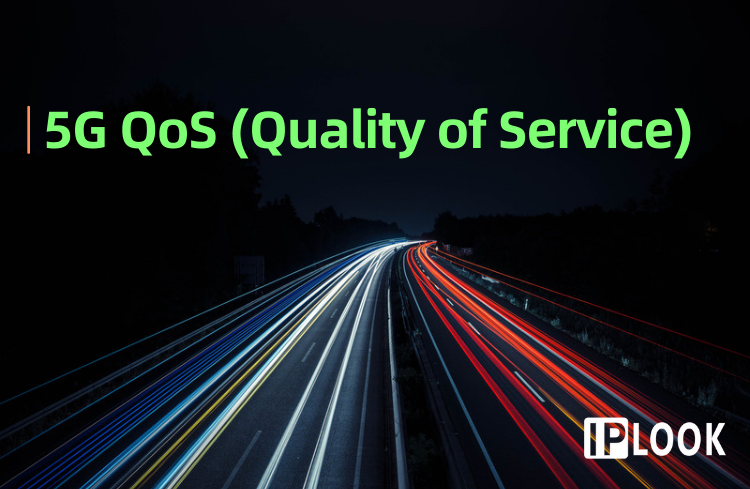
As a leading provider of 5G Core (5GC) solutions, we understand the critical role Quality of Service (QoS) plays in unlocking the true potential of 5G networks. 5G isn't just about faster speeds; it's about guaranteeing a consistent and reliable experience for a diverse range of applications.
Traditional networks struggle to cater to the ever-growing demands of today's applications. 5G, with its advanced core network architecture, offers a game-changing solution. 5GC empowers us to deliver granular control over network resources, ensuring exceptional QoS (Quality of Service) for various use cases.
The image below depicts a simplified view of how QoS functions within a 5G network architecture. Here's a breakdown of the key elements and how they relate to QoS:
· User Equipment (UE): This represents the device used by the end-user, like a smartphone or tablet.
· gNB (Next Generation Node B): The base station in a 5G network.
· UPF (User Plane Function): A network function that processes user data traffic.
· PDN (Packet Data Network): The network that provides internet access to mobile devices.
· QoS Flow/QFI (Quality of Service Flow/QoS Flow Identifier): These represent mechanisms used to prioritize and manage data streams. Traffic is categorized (e.g., video calls, web browsing) and assigned a QFI value. The network uses this identifier to prioritize data based on its importance.

Here's how QoS prioritizes traffic in a 5G network:
· Classification: Data packets are categorized based on the type of application or service they're associated with. For instance, a video call might be classified as high priority compared to a web browsing session.
· Marking: Once classified, QoS markers are attached to the data packets. These markers essentially act as tags that instruct the network how to handle the data. High priority packets would receive a corresponding marker.
· Queuing: Data packets are then placed into queues based on their QoS markings. Packets with higher priority markings are placed at the front of the queue for preferential treatment.
· Scheduling: The network prioritizes transmission based on the queue positions. High priority packets are transmitted first, ensuring smoother and more consistent delivery for those services.
5GC play a crucial role in orchestrating QoS, and here's how it can elevate QoS:
· Granular control: 5GC offers sophisticated control over traffic classification and prioritization. It can define more granular QoS policies to ensure different service tiers receive the appropriate level of service.
· Policy enforcement: 5GC enforces the defined QoS policies across the network. This ensures consistent prioritization throughout the network, regardless of user location or congestion levels.
· Dynamic control: 5GC can dynamically adjust QoS policies based on real-time network conditions. This allows for optimized resource allocation and ensures continued smooth operation even during fluctuations in traffic.
By leveraging a powerful 5GC solution like yours, communication service providers (CSPs) can implement robust QoS strategies. This translates to a superior user experience for their customers as applications perform consistently well, even under demanding network conditions.
IPOOOK is committed to delivering cutting-edge 5GC solutions that empower you to harness the full potential of 5G. Our 5GC platform provides the tools and functionalities necessary to implement robust QoS mechanisms, guaranteeing exceptional network performance for your users.
Let's discuss how our team's expertise can help you implement a future-proof network strategy.

